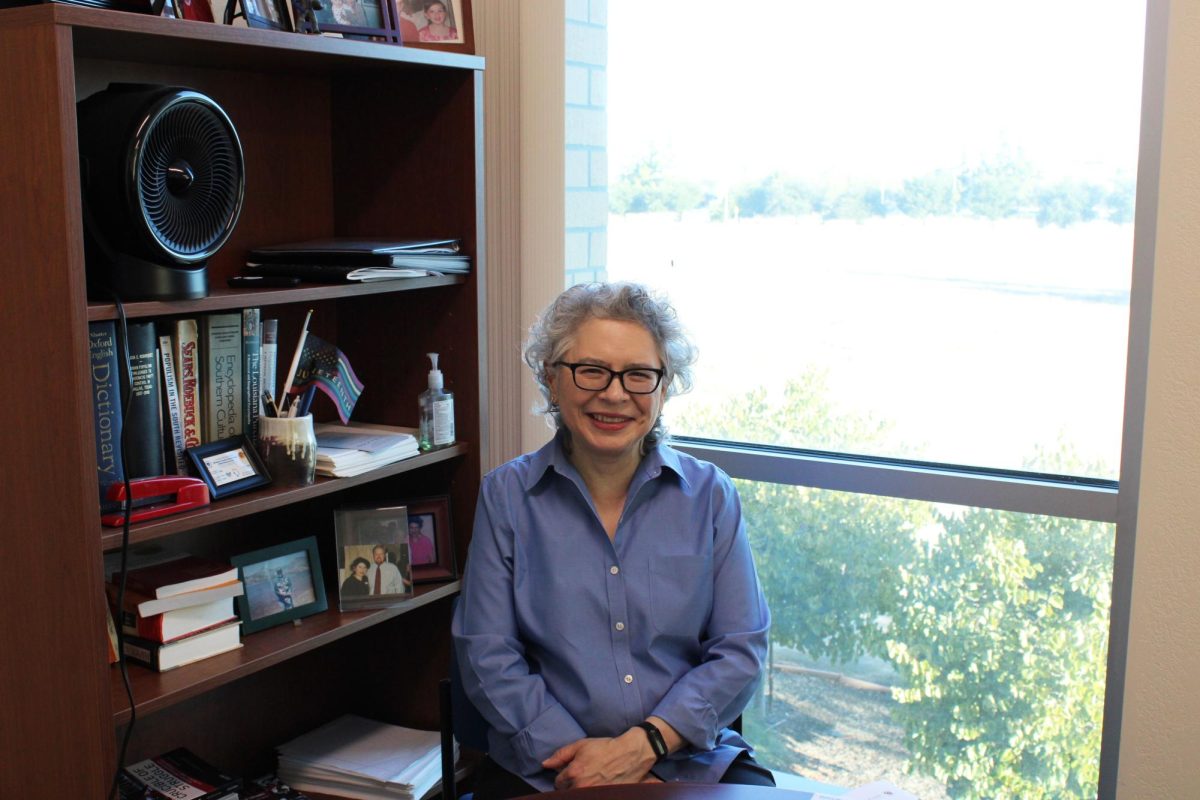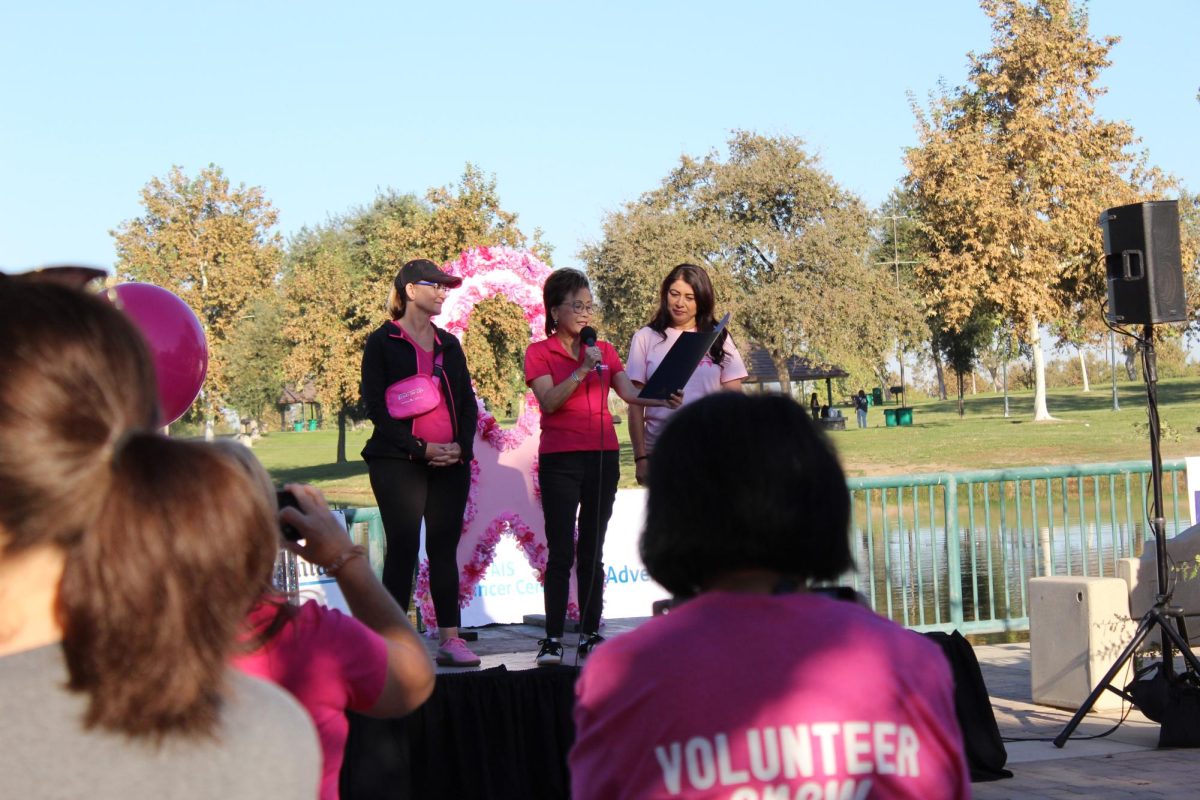By Chantel Vargas
Reporter
The Mind on Fire panel about Obsessive-Compulsive Disorder with Chrissie Hodges, Kerry Osborn, and Nathalie Maragoni was on Oct. 9. The three speakers had three central goals for the audience: to raise awareness, to reach out to the audience and encourage them to seek help.
Chrissie Hodges is an author and a certified peer support specialist who joined the audience live from Dallas, Texas via Skype. Hodges explained OCD’s three different components, intrusive thoughts, anxiety and compulsion.
Hodges was diagnosed when she was eight years old. Her trigger was her parents’ divorce. “I had a massive anxiety attack. My whole body reacted. I felt the walls caving in. I couldn’t breathe,” said Hodges.
Hodges had a loss when she was 20 years old, which was another trigger. She fell into a deep depression and began to have suicidal thoughts. “I wanted my life, but I wanted my life without this monster,” said Hodges. Hodges met with her therapist and began Exposure Response Prevention and in just two months her suicidal thoughts were gone.
Kerry Osborn suffered from magical thinking, an illogical thought pattern characterized by the thinking of completely unrelated thoughts, events or actions. Osborn described it as, “superstition on steroids.” Osborn believed she controlled her own reality and could prevent things from happening. For example, stepping on a crack would make her fail an exam.
In 2008, after a tragic car accident, Osborn was diagnosed with OCD. Osborn’s parents claimed that within four months of the accident, she was no longer the same. Osborn would hide Cheez-It’s under her pillow because she truly believed that would make her pretty.
Five years ago, people would have seen Osborn with dreadlocks. Osborn did not wash her hair because she was afraid of losing it. Osborn had to touch a water bottle three times in a row because she believed she would lose less hair if she didn’t.
Osborn’s current therapist introduced her to ERP. “I started to question for the first time that maybe these random rituals had nothing to do with my reality, and I can’t control those things, and that little question was monumental to my recovery,” said Osborn. Osborn is now the author of “The Obsessive Outsider.”
Nathalie Maragoni’s parents first became aware of their daughter’s OCD when she was about five years old. Maragoni was afraid of germs and stepping on cracks, but they didn’t want to diagnose her yet because she was too young.
At 11 years old, Maragoni developed a fear of being possessed and began to picture her mother dying, being covered in blood and taken away in an ambulance. Maragoni’s compulsion was her homework she had to continuously reread and erase.
Maragoni was diagnosed and started ERP. When Maragoni went to college, she stopped the treatment and began to have Pure O type thoughts, which are sexual, violent and intrusive thoughts. Maragoni thought she was going to kill herself in her sleep.
“Every computer cord, phone charger, anything that could potentially be used to hurt myself had to be tied up and put in another room. I had to keep all my belts in the trunk of my car, all my medication had to be put away, all the knives,” said Maragoni.
The panel ended with questions: how can friends and family help? How do people know they need help? How has their OCD changed over time? Family and friends can help by attending therapy sessions. People never know they have OCD, much less, need help. Finally, people will always struggle with OCD. But it does not define them. “It is possible for it to be better. Recovery is possible for anyone.”







